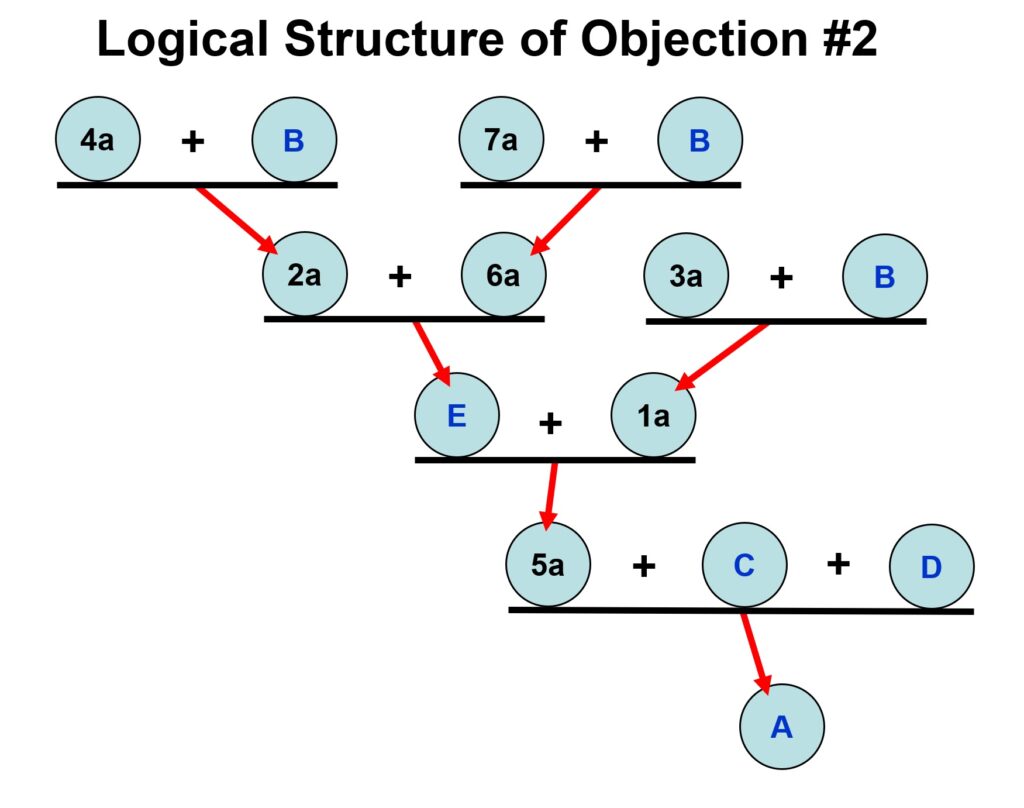Kreeft’s Case Against the Swoon Theory – Part 2: Analysis of Objection #2
In Chapter 8 of the Handbook of Christian Apologetics (hereafter: HCA) Peter Kreeft and Ronald Tacelli attempt to prove that God raised Jesus from the dead. They claim that there are only four skeptical theories that are alternatives to the Christian view:
- The Swoon Theory
- The Conspiracy Theory
- The Hallucination Theory
- The Myth Theory
Based on that assumption they attempt to refute each of these skeptical theories in order to try to prove the resurrection of Jesus. They claim to have refuted all four of these skeptical theories in Chapter 8, and they conclude that this proves that the one remaining theory (the Christian view that God raised Jesus from the dead) is true. However, Kreeft and Tacelli have FAILED to refute the Swoon Theory, so their case for the resurrection of Jesus also FAILS.
Through a series of blog posts here at The Secular Frontier, I will carefully evaluate each of their nine objections against the Swoon Theory to show that they have FAILED to refute the Swoon Theory and thus FAILED to prove that God raised Jesus from the dead. (For clarification about what the Swoon Theory implies, see my post “Careful Argument Analysis of Objections to the Swoon Theory“. )
Before I argue that their Objection #2 against the Swoon Theory FAILS, I need to present my careful argument analysis of this objection. I am starting with Objection #2 because it is the first of four objections that are based on passages from the Gospel of John:

OBJECTION #2: BREAK THEIR LEGS
Here is Kreeft and Tacelli’s second argument against the Swoon Theory:
The fact that the Roman soldier did not break Jesus’ legs, as he did to the other two crucified criminals (Jn 19:31-33), means that the soldier was sure Jesus was dead. Breaking the legs hastened the death so that the corpse could be taken down before the sabbath (v. 31).
(HCA, p. 183)
After following my own process of careful argument analysis, I produced an argument diagram of this objection that includes seven explicit claims, and five assumed or unstated claims, arranged in six inferences or sub-arguments.

SEVEN STATED CLAIMS
1a. The Roman soldiers did NOT break Jesus’ legs while Jesus was still on the cross.
2a. The Roman soldiers DID break the legs of the other two crucified criminals while they were still on the cross.
3a. According to the Gospel of John (19:31-33), the Roman soldiers did NOT break Jesus’ legs while Jesus was still on the cross.
4a. According to the Gospel of John (19:31-33), the Roman soldiers DID break the legs of the two other crucified criminals while they were still on the cross.
5a. The Roman soldiers were sure Jesus was dead while Jesus was still on the cross.
6a. Breaking the legs of a crucified person hastened the death so that the corpse could be taken down from the cross before the Sabbath.
7a. According to the Gospel of John (19:31), breaking the legs of a crucified person hastened death so that the corpse could be taken down from the cross before the Sabbath.
FIVE UNSTATED CLAIMS
A. The Swoon Theory is FALSE.
B. The Gospel of John provides a historically reliable and accurate account of the life of Jesus, including his crucifixion.
C. IF the Roman soldiers were sure Jesus was dead while Jesus was still on the cross, THEN Jesus died while Jesus was still on the cross.
D. IF Jesus died while Jesus was still on the cross, THEN the Swoon Theory is FALSE.
E. IF the Roman soldiers did NOT break Jesus’ legs while Jesus was still on the cross, THEN the Roman soldiers were sure Jesus was dead while Jesus was still on the cross.
